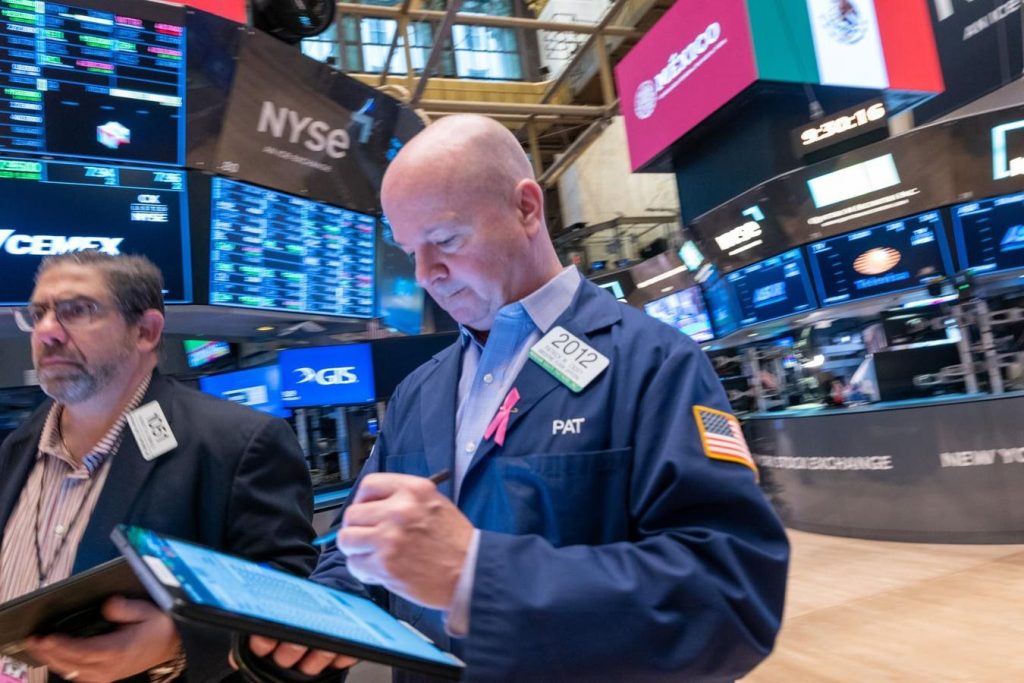Renewed fears of sticky inflation pushed 10-year Treasury yields nearly 50 basis points higher and the S&P 500 Index 4.2% lower in April. Wage data has continued to moderate in 2024, with average hourly earnings dipping to 3.9% in April, down from a peak of 5.9% in early 2022. The lower reading also brought the three-month annualized rate of change for average hourly earnings to just 2.8%, suggesting wage gains should moderate further in the coming months. Policymakers are not in a rush to reverse course and hike interest rates, despite the recent resurgence of inflation fears, as wages are slowing to levels consistent with the Federal Reserve’s 2% inflation target.
The moderation in wage gains has reached a more sustainable pace broadly consistent with the Fed’s 2% inflation target, supporting robust consumer spending. Wages have reached a “Goldilocks” zone that can support spending without setting off a wage-price spiral. Labor income is the primary source of spending for most Americans, making this balancing act crucial for the continued economic expansion. The unique nature of the current economic cycle suggests a different trajectory than historically, with wage growth moderating to a level that can support the economy without necessitating tighter monetary policy.
The labor market has changed significantly from 2021, when a massive wage surge led to aggressive rate hikes by the Fed. Back then, labor demand exceeded supply, leading to higher wages to restore balance. Today, the labor market is more balanced, with more workers entering the labor force and job openings declining. The pickup in immigration has also contributed to the increase in labor supply, easing wage pressure. The CBO expects further increases in net immigration over the next few years, adding to the pool of potential workers and continuing to dampen wage gains.
With the labor market coming into better balance and wages falling to a level consistent with the Fed’s 2% inflation target, the central bank can afford to remain patient despite unfavorable inflation releases in 2024. This rebalancing of the labor market is a positive development that increases the likelihood of a soft landing. Jeffrey Schulze, Director, Head of Economic and Market Strategy at ClearBridge Investments, highlights the importance of these trends for investors. His predictions are not intended as a forecast of future events or investment advice, but indicate a positive outlook for the economy.


